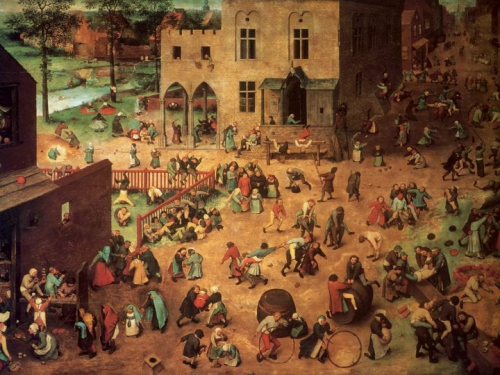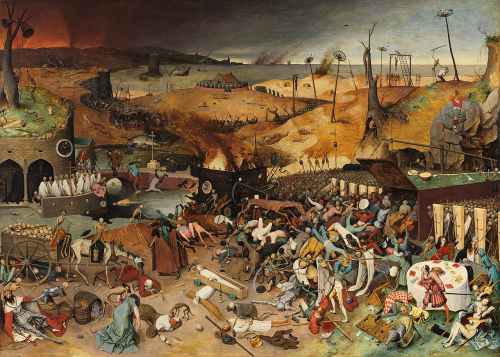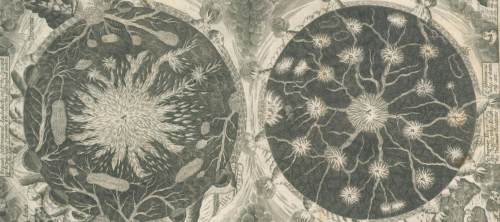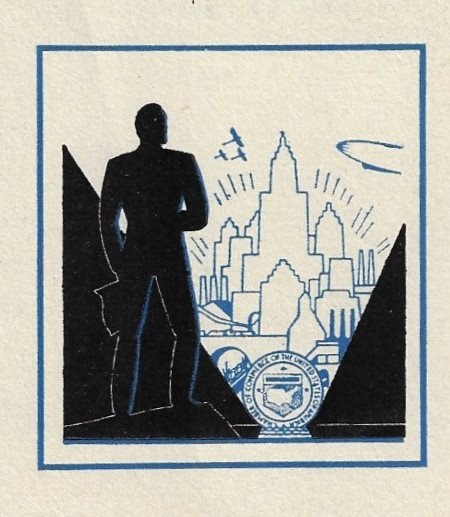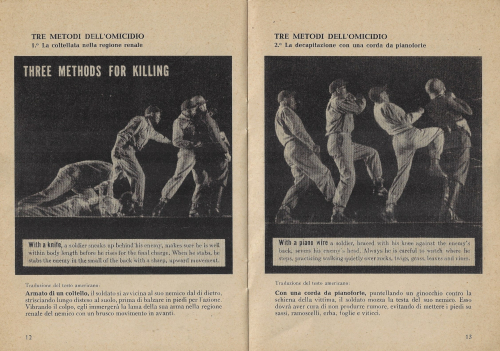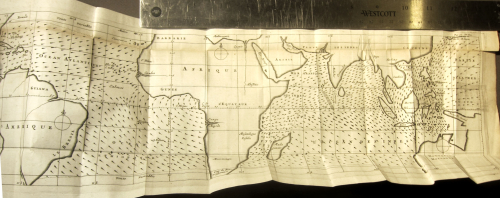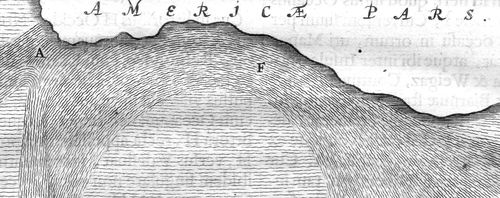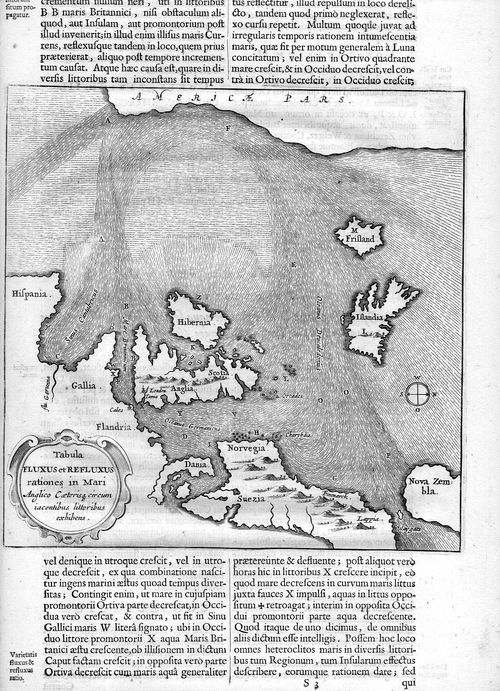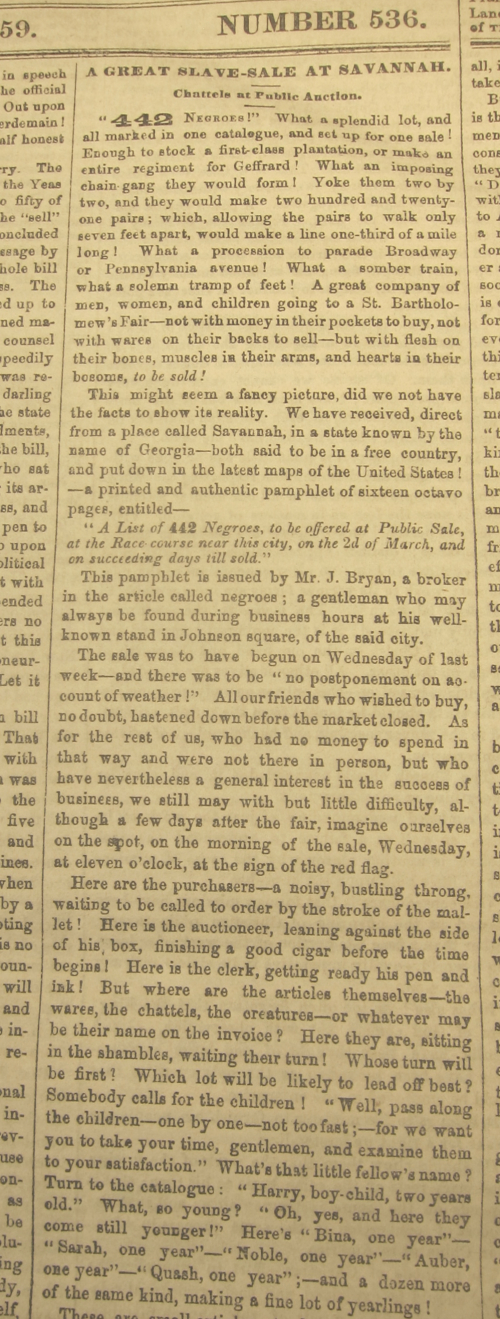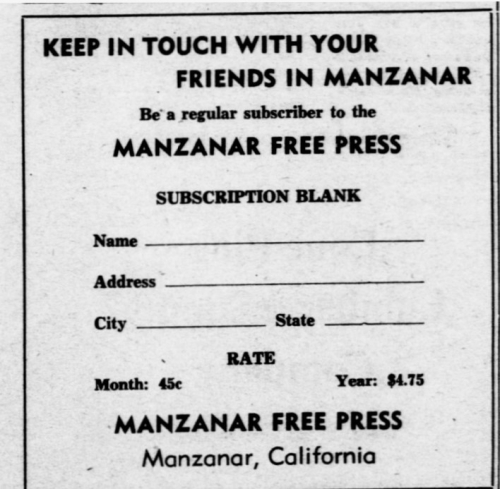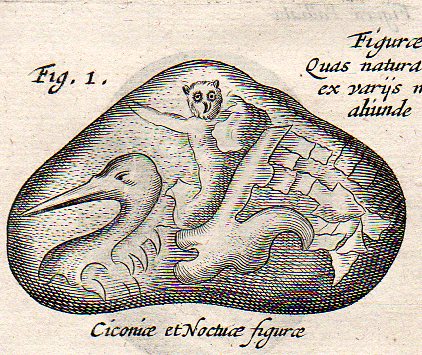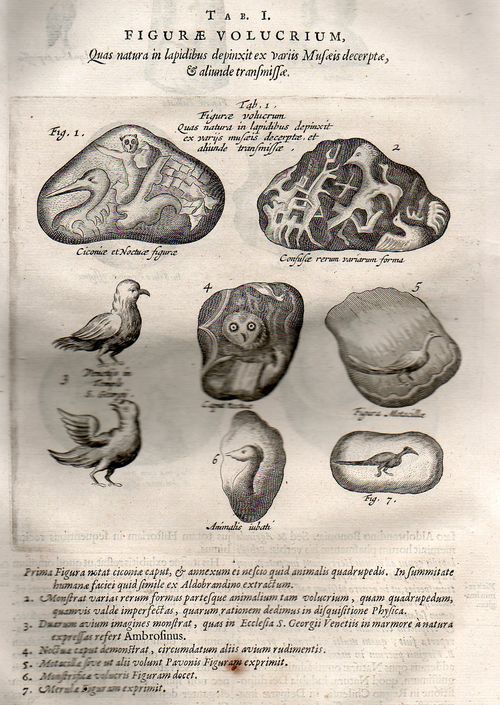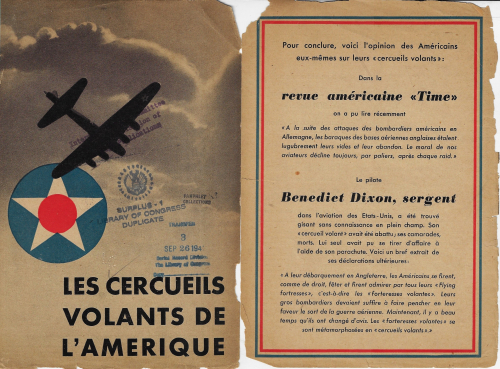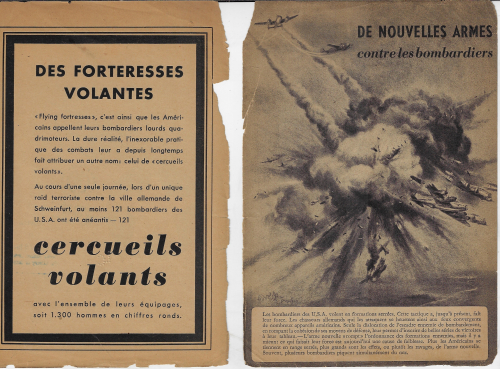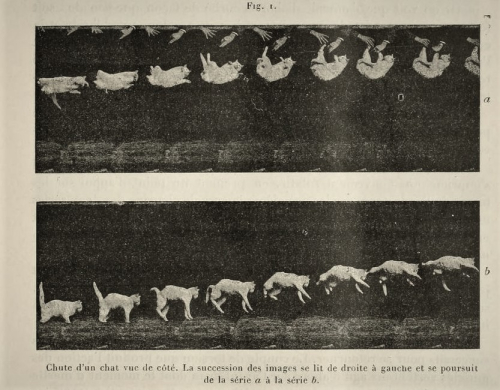JF Ptak Science Books Post 2834b
Being quite filled up with Bruegel's orderly disaster of death's chaos control, I went to the other end of his work, to the Alpha of his death Omega: Children's Games (1560). It is the opposite of The Triumph of Death painting (the preceding post), showing some 200 kids at play, involved in at least 80 different games—it is a visual dictionary of fun and hope. The viewer goes from one game or kid cluster to the next, experiencing a fun slow climb to the mountaintop—and in the other, with death being death and all that, it leads the other way along a road of broken glass.
for a good and expandable view of the painting, see: https://artsandculture.google.com/asset/children%E2%80%99s-games-pieter-bruegel-the-elder/CQEeZWQPOI2Yjg?hl=en
I'm sure these kids at play were thinking “ars longa, vita brevis” as they lost themselves in the easy complexity of whatever it was they were doing—well, no, they didn't think that because they didn't need to, as they were alive in it.
The game clusters seem to be distributed evenly, and in spite of all of the divergent action, everything seems to be orderly in spite of the sweaty irregularities of the kids. The composition reminds me of the ultra careful construction of engraved illustrations in 18th and 19th century encyclopedias—like those of Abraham Rees Cyclopedia... and J.G. Heck's Iconographic Encyclopedia—where the pages are filled to the edges with related and unrelated objects though by their arrangement there seems to be plenty of unused space.
I can only recognize a game here and there—there are a number of experts who have gone through the painting and identified every aspect of every game, as the painting really is a social geology as much as it is anything else.
- Amy Orrock's excellent "Homo ludens: Pieter Bruegel’s Children’s Games and the Humanist Educators" https://jhna.org/articles/homo-ludens-pieter-bruegels-childrens-games-humanist-educators/#bibliography
In closing this short share I'd like to mention another fantastic Renaissance work featuring children's games: the games played by Gargantua in Rabelais' 1534 work Gargantua and Pantagruel, as there are at least 145 of them (217 in the revised edition), and they appear in a list! Again, there's only a few here that I recognize straightaway, though they all can be found and explained.
From the text (being nearly all of chapter 22):
"Then blockishly mumbling with a set on countenance a piece of scurvy grace, he washed his hands in fresh wine, picked his teeth with the foot of a hog,
and talked jovially with his attendants. Then the carpet being spread, they brought plenty of cards, many dice, with great store and abundance of
chequers and chessboards..."
"There he played.
At flush.
At love.
At primero.
At the chess.
At the beast.
At Reynard the fox.
At the rifle.


